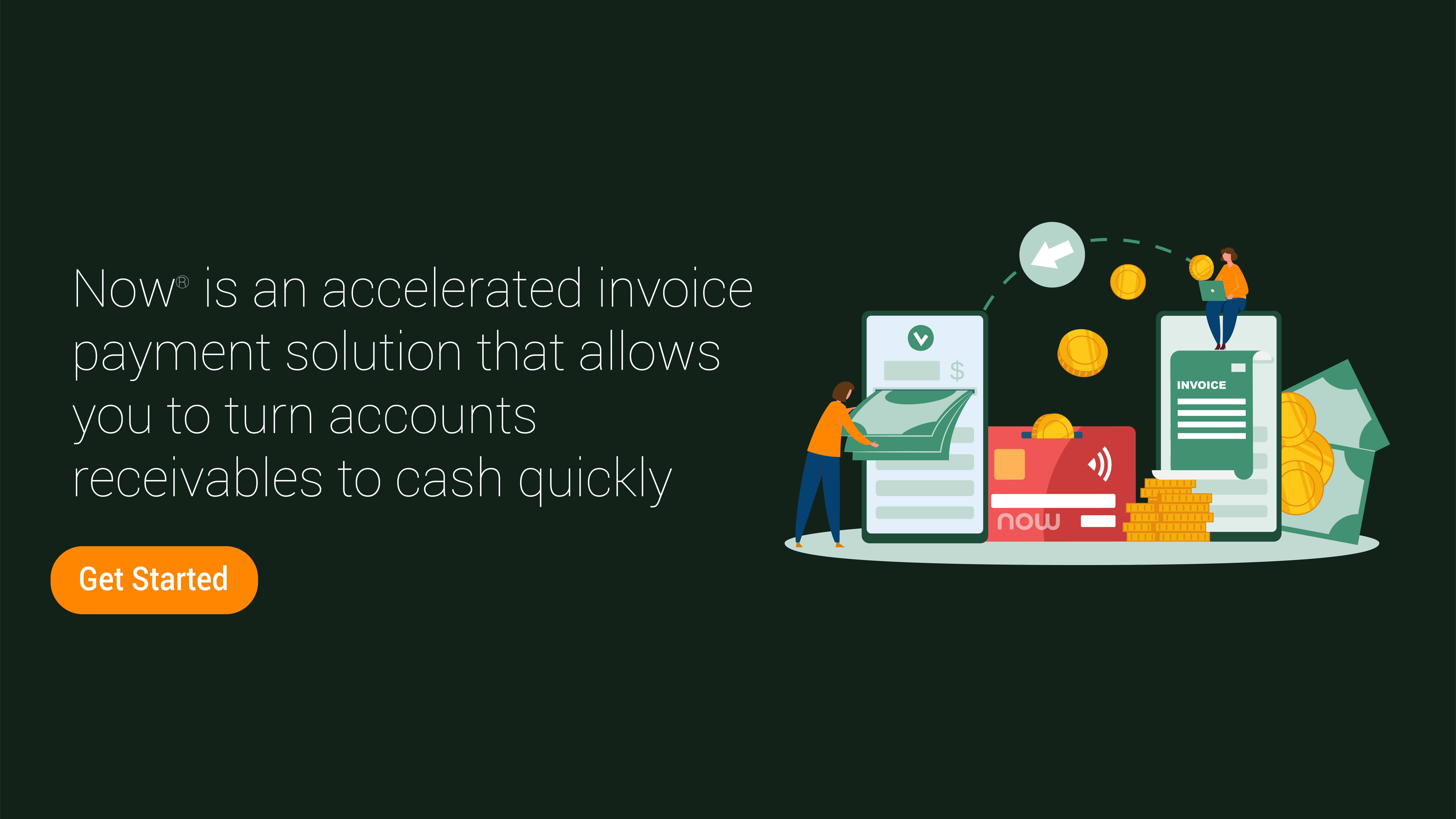Recover Lost Revenue with a Freight Bill Audit
If your company has a supply chain that includes shipping, you are well aware of the high expense of these freight bills.
As a small business owner, you want to save money wherever possible.
Well, when it comes to freight cost, there is a way:
Freight auditing.
This often overlooked tactic can save you a significant amount of money on transportation costs.
Let’s discuss this process and the benefits it can bring to your company’s transportation management process.
What Is a Freight Audit?
A freight audit is the process of checking your freight invoices for accuracy.
Studies have shown that freight invoice inaccuracies can increase the cost of freight bills by more than 8%. Consider the significance of this amount when your freight bill is thousands of dollars.
Freight auditing can help you catch these expensive mistakes and rectify billing errors.
When Does a Freight Audit Take Place?
They can be done either before or after payments are made — it’s up to you, your team, and your clients.
A pre-audit involves checking the invoice before payment is made to the shipper.
Post-audits are done periodically after payments have been made. They can take place on a weekly, monthly, or yearly schedule.
If any discrepancies are found, a claim is filed requesting a refund for any overpayments.
Types of Freight Audits
Freight invoice auditing can be done using a variety of methods. Each method has its pros and cons.
Manual Freight Audits
It’s possible to conduct freight audits manually. However, it isn’t the choice of most companies.
The cost of labor you pay for the hours of diligent invoice-checking makes this method pretty expensive.
Not to mention, anytime you allow a human to care for an arduous task, you need to expect some human error.
This is a lengthy and complicated process, and putting it on one or two people could be information overload.
For a more in-depth explanation of all that is involved in the freight audit process, read this step-by-step explanation.
Automatic Freight Audits
Automatic audits are done using audit software that scans your carrier invoices and checks for any discrepancies.
Automation of your freight auditing process yields fewer human errors and can even catch mistakes already made.
Travel management solutions (TMS) and enterprise resource planning (ERP) software can both be used for freight auditing. If your company already uses these tools, this can be a cost-effective option for conducting audits in-house.
However, these programs won’t catch every error. So, many companies outsource this job to a professional auditing service.
It may cost a bit more, but an expert with professional auditing tools may be able to spot inaccuracies that would otherwise go unnoticed.
Combined Audits
The combined method of freight payment auditing mixes both traditional and automated tactics.
For instance, you might use automated software to run weekly audits and double-check them through a manual audit at the end of each year.
What Is the Right Approach for You?
You may have already decided that freight auditing is definitely in the best interest of your company. However, it can be tough to decide which approach you should take to this process.
There are several factors to consider when choosing between a manual, automatic, or combined approach to freight auditing.
Here are some factors you’ll have to think about:
- Company size
- Volume of shipping
- Number of carriers
- Time and efficiency
Smaller companies with fewer invoices to check could probably get by with an occasional manual audit.
However, as the volume of shipping increases and you start to deal with multiple carriers who have different business rules, you need a more detailed review of your accounts.
In that case, it might be in your best interest to hire a professional freight audit service provider.
Elements to Audit
During your freight contract negotiations, you no doubt came to an agreement on pricing terms.
When it comes time for your freight audit, you’ll want to have your contract in hand so you can compare them to your bill.
Check for all of these elements, and make sure that the amount you paid aligns with the terms you agreed on:
Freight Rate
Your contract should include a freight rate determined by weight or size and freight classification.
This rate should be clearly defined and understood by both parties before any business is conducted.
Discounts
Your carrier may offer you a discounted freight rate for shipping larger loads or multiple shipments per day.
As a general rule, the more you ship with one carrier, the more of a discount you will receive.
Mileage
Carriers may charge you per mile or in groups of mile markers, such as a certain fee every 500 miles.
Transportation Cost
When transportation costs increase due to inflation or a rise in gas costs, you can expect your freight fees to increase.
Shipping Weight
Since trucking fleets must pay a fee by weight while traveling on highways, they often charge their customers by shipping weight as well.
Accessorial Charges
These charges include fees for any extra services rendered, such as liftgate or residential deliveries.
Insurance
Depending on the value or liability of your cargo, your freight charges may include a fee for additional insurance.
Freight Classification
Freight classification is used to determine the final cost of your delivery. This usually includes the weight, density, size, and value of the cargo.
The classification can also include the ease of handling, liability, and type of items in your industry.
Knowing your freight classification can help you understand why your freight costs are much higher than others.
Delivery Guarantees
There may be times when you are charged a higher fee for a delivery guarantee on a certain date or time constraint.
Of course, not all of these elements will be included in or relevant to every freight contract. Your contract may also have some other terms not listed above.
For a complete list of possible freight charges and fees, click here.
Learn all about the types of freight contracts and how to manage them by reading this quick article.
Most Common Freight Bill Errors
In order to be on the lookout for errors in your freight bill, it helps to know what to look for.
Below are the most common errors found and resolved during an audit:
Shipment Cost Inaccuracies
One of the reasons you may be paying too much is an error in the weight calculations of a truckload.
The carrier may have entered in the wrong amount of parcels or the wrong measurement for each parcel, throwing off the total weight of the shipment.
Error in Detention Charges
When agreeing on a shipment contract, you may have negotiated a detention fee. This fee is the amount the driver will charge when waiting to load or unload at a location.
An error could have been made by charging you a higher per-hour fee, or you may be charged for more hours than the actual detention.
Duplicate Invoicing
At times, an invoice is altered and re-sent to you after a change in circumstances.
You may have paid for both invoices, not knowing that one was to replace the other.
A la Carte Service Fees
Charges for unrendered la carte services can also drive your bill up higher than expected.
For example, a freight company may have inadvertently added a fee for residential delivery, use of the liftgate, or a limited access delivery.
Mischarged Tariffs, Taxes, and Duties
When calculating a bill, carriers may include a tariff, tax, or duty fee, depending on the laws of the area or whether your shipment crossed borders.
There may be times when these fees do not apply to your shipment.
Benefits of Freight Auditing
There are several benefits to freight auditing, many of which are often overlooked.
Let’s discuss these in further detail:
Control Freight Costs
The main purpose of freight auditing is to catch discrepancies in your freight bill and save money to improve your bottom line.
However, freight auditing also looks deeper into the terms of your freight charges from various carriers.
During the process, you may discover some terms that you would like to improve.
You might decide that it’s time to go back to the negotiating table and push for better terms. If negotiations aren’t your strong suit, you can learn how to face this process confidently here.
Detailed Reporting
Freight audits provide better visibility into your accounts for effective management and business intelligence.
These detailed reports can help to identify different ways to budget shipping costs. This might include making adjustments to improve your shipping rates, or it may just mean you need to find a better network of carriers.
Better Use of Resources
By outsourcing to a freight auditing company, you’ll free up time and personnel.
The company will take care of the payment of invoices, audit your freight charges, and handle any ensuing disputes.
Your accounting team can then focus on more critical tasks at hand.
Freight Audit Best Practices
Within the freight auditing process, there are a few best practices that make it even more efficient and bulletproof.
Follow these practices below for your next freight audit:
Use Electronic Invoicing
As already discussed, auditing software helps to reduce human error. This is also true of accounting software and electronic payment services.
When you invoice electronically, you not only prevent lost paperwork and create a more accurate audit of your freight spend but you streamline whole invoicing process.
There are no delivery or processing times; invoicing is as quick and easy as sending an email.
Electronic invoicing also provides a more accurate cost allocation and better reporting and analytics.
Diligent Duplicate Protection
We’ve already explained how duplicate invoices are a common error found during a freight audit. To help protect against these overpayments, you can include both the bill of lading (BL) number and/or purchase order (PO) number on your invoice.
It is also helpful to include the type of invoice in the system, such as a balance due, line-haul, less-than-truckload (LTL), etc.
Pay According to Individual Terms
Instead of paying your invoices based on the processing date, use a payment schedule based on the individual due dates of each invoice.
For example, you may have an invoice from one carrier with a 45-day term and another with a 15-day term. You might receive them on the same day, but you shouldn’t pay them on the same day.
This way, you pay your bills at the most strategic time.
Obviously, late payments can lead to surcharges, late deliveries, and damage to your reputation. Early payments, on the other hand, can use up funds that could go toward other bills.
As you can see, freight auditing can help you find the most cost savings opportunities within your freight payment process.
The benefits of freight auditing include much more than just saving money; it gives you a more detailed view of your total freight spend and supply chain.
By following the best practices outlined in this article and staying aware of the most common freight invoice mistakes, you can ensure that your freight audit is as effective as possible.
Need working capital? See if you qualify for our accelerated invoice payment solution!
Learn about all of Now’s services here:
B2B Capital Management | Cash Flow Management | Financing Alternatives







